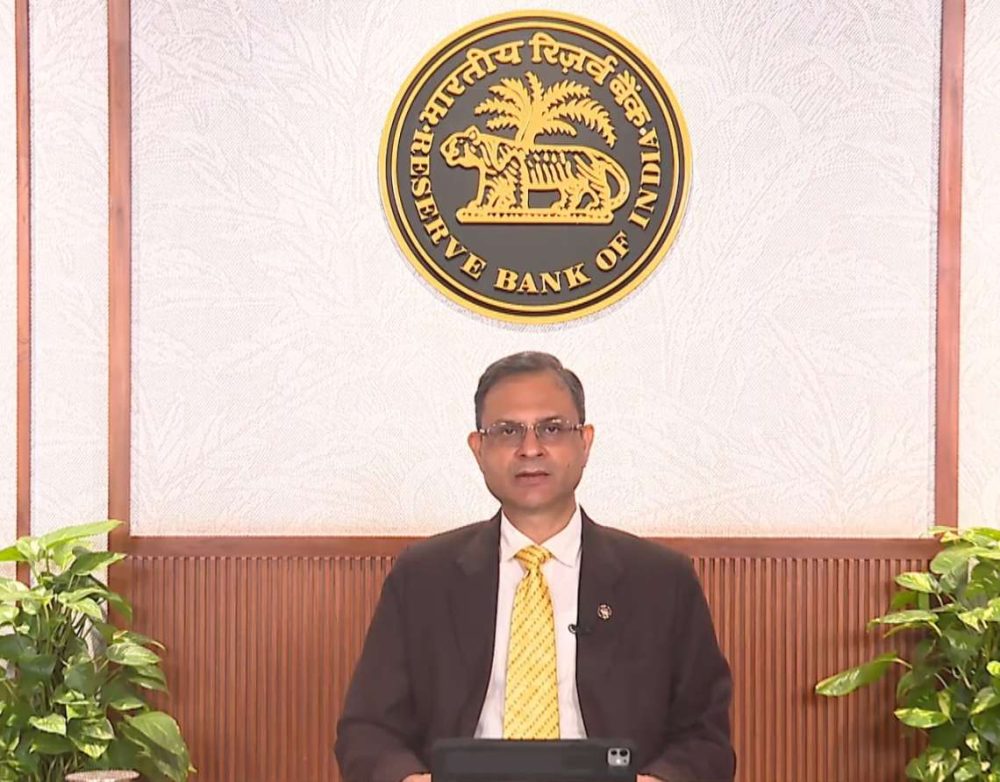Apparel Export Promotion Council (AEPC) Chairman A. Sakthivel, has urged the government to strike a pre-FTA preferential trade deal to remove the tariff disadvantage faced by Indian apparels in the UK.
In a letter to Commerce and Industry Minister Piyush Goyal, the APEC Chairman wrote: “It has been learnt that after the implementation of Brexit in January 2021, 47 Least Developed Countries (LDCs), including Bangladesh will continue to enjoy preferential trade benefits after the UK’s departure from the EU. This will be a continuation of the disadvantage to Indian apparels in the important and potential market of the UK.”
Noting that India has been losing out to its competitors in the UK, the industry body has requested the government to initiate discussions for an early trade pact for apparels in the run-up to FTA.
The AEPC had earlier requested to fast-track the negotiations to enter into a Free Trade Agreement (FTA) with the UK to boost apparel exports.
The Chairman said that the apparel exports to the UK, which is India’s third largest export destination after the US and the UAE, have been facing a tariff disadvantage of 9.6 per cent as against countries like Bangladesh due to the EU’s Generalised Scheme of Preferences (GSP), which the UK plans to continue offering to the 47 LDCs.
“It’s not a matter of LDCs. The point is that Bangladesh is equally competitive now and their exports have grown at 11.7 per cent CAGR during 2009-18, when our exports stagnated at 0.5 per cent,” he said.
Sakthivel added that Bangladesh exported apparels worth $40.4 billion whereas India exported apparels worth $16.5 billion in 2019.
“It’s a labour intensive sector and we need to ask for a special consideration in our bilateral relations with the UK.”
According to the exporters’ body, India’s readymade garments exports to the UK fell 0.8 per cent to $1,606 million in 2019 from $1,619 million in 2018, reducing the UK’s share in India’s exports to 9.7 per cent from 10.3 per cent.
Also Read: Biden Team Seeks Better Ties With India
Also Read: Indian Banks’ NPLs near FY14 levels: Report









